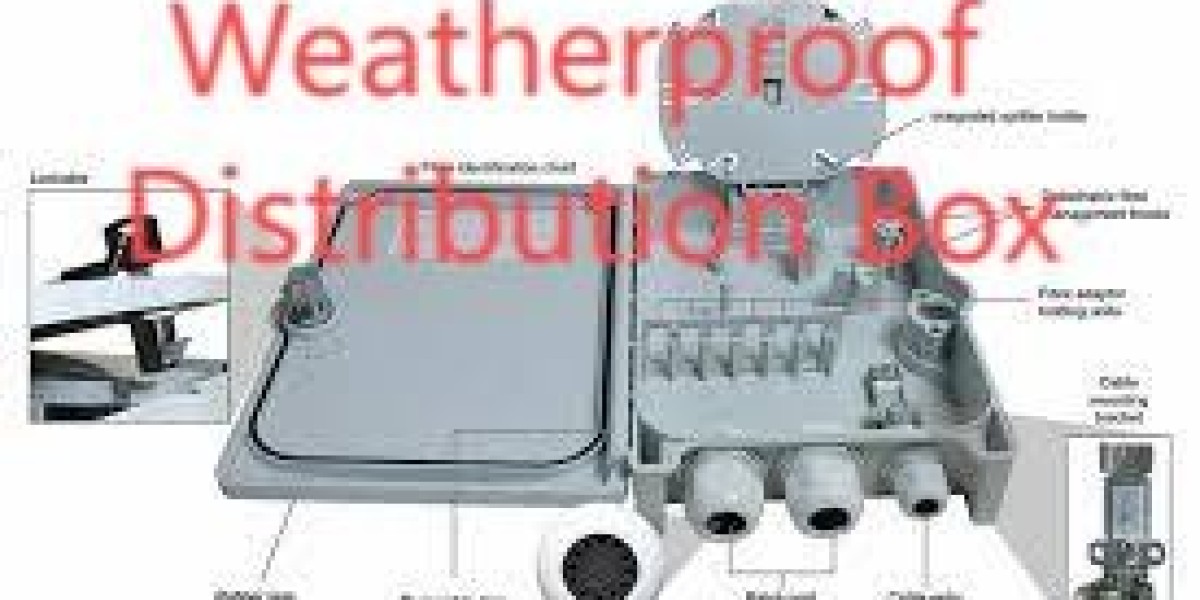In remote or exposed installations, the Weatherproof Distribution Box serves as a critical barrier, preventing moisture ingress, dust accumulation, and corrosion that could compromise circuit integrity. When properly specified and installed, it ensures reliable power distribution across outdoor lighting systems, pump stations, and control panels, safeguarding both equipment and personnel from electrical hazards.
1. Assessing Environmental Challenges
Outdoor sites present a variety of hazards: heavy rain, UV exposure, salt spray in coastal areas, and temperature extremes. Before selecting an enclosure, conduct a thorough site survey to document prevailing weather patterns, potential chemical exposures, and mechanical impact risks. Such data guides the choice of materials—polycarbonate for UV resistance, stainless steel for corrosion-prone areas—and determines required ingress protection (IP) ratings to guard against water jets and airborne particles.
2. Technical Specifications and Ratings
Electrical demands dictate voltage, current, and short-circuit withstand requirements. Choose enclosures that accommodate conductors and terminal blocks rated above peak system loads, with sufficient internal volume to prevent heat buildup. IP66 and IP67 certifications guarantee protection against powerful water jets or temporary immersion, respectively. NEMA 4X ratings further certify resistance to corrosion and external ice formation, making them ideal for coastal or refrigerated environments.
3. Schneider Electric Solutions
Schneider Electric’s outdoor distribution boxes combine robust polycarbonate housings with modular DIN-rail mounting systems. Integrated cable glands maintain seal integrity while accommodating flexible or armored cables. Optional pre-wired mounting plates and surge protection modules simplify field assembly. These designs also support communication devices—such as IoT sensors—enabling real-time condition monitoring and remote diagnostics to preempt faults before they escalate.
4. Installation and Sealing Best Practices
Proper installation begins with a clean mounting surface and correct gasket placement. Tighten cable gland nuts to manufacturer specifications, ensuring compression of O-rings without over-torquing metal threads. Position the enclosure vertically with drain ports at the bottom to allow any condensation to escape. Use UV-resistant sealant around mounting flanges, and verify that lid latches engage fully to maintain full IP compliance under all operational stresses.
5. Maintenance and Longevity Strategies
Establish a biannual inspection schedule to examine hinge pins, gasket condition, and fastener torque. Clean interior components with non-conductive contact cleaner, removing dust and oxidation from bus bars and terminal connections. Replace gaskets and filters annually, even if they appear undamaged, to uphold ingress protection. Document each maintenance activity in a centralized log, helping to forecast replacement intervals and avoid unexpected failures of the Weatherproof Distribution Box fleet.
By aligning enclosure selection with site-specific demands, leveraging advanced product features, and adhering to disciplined installation and maintenance practices, facility managers can achieve resilient outdoor power networks. This proactive approach minimizes downtime, enhances safety, and extends the life of critical electrical infrastructure.





